Choosing the Right Mulch
Choosing the Right Mulch
For business owners and property managers, the aesthetics and maintenance of landscaping is crucial. One important step in maintaining a beautiful landscape is choosing the right mulch. This is because mulch not only improves the appearance of the landscape but helps plants grow in a healthy environment.
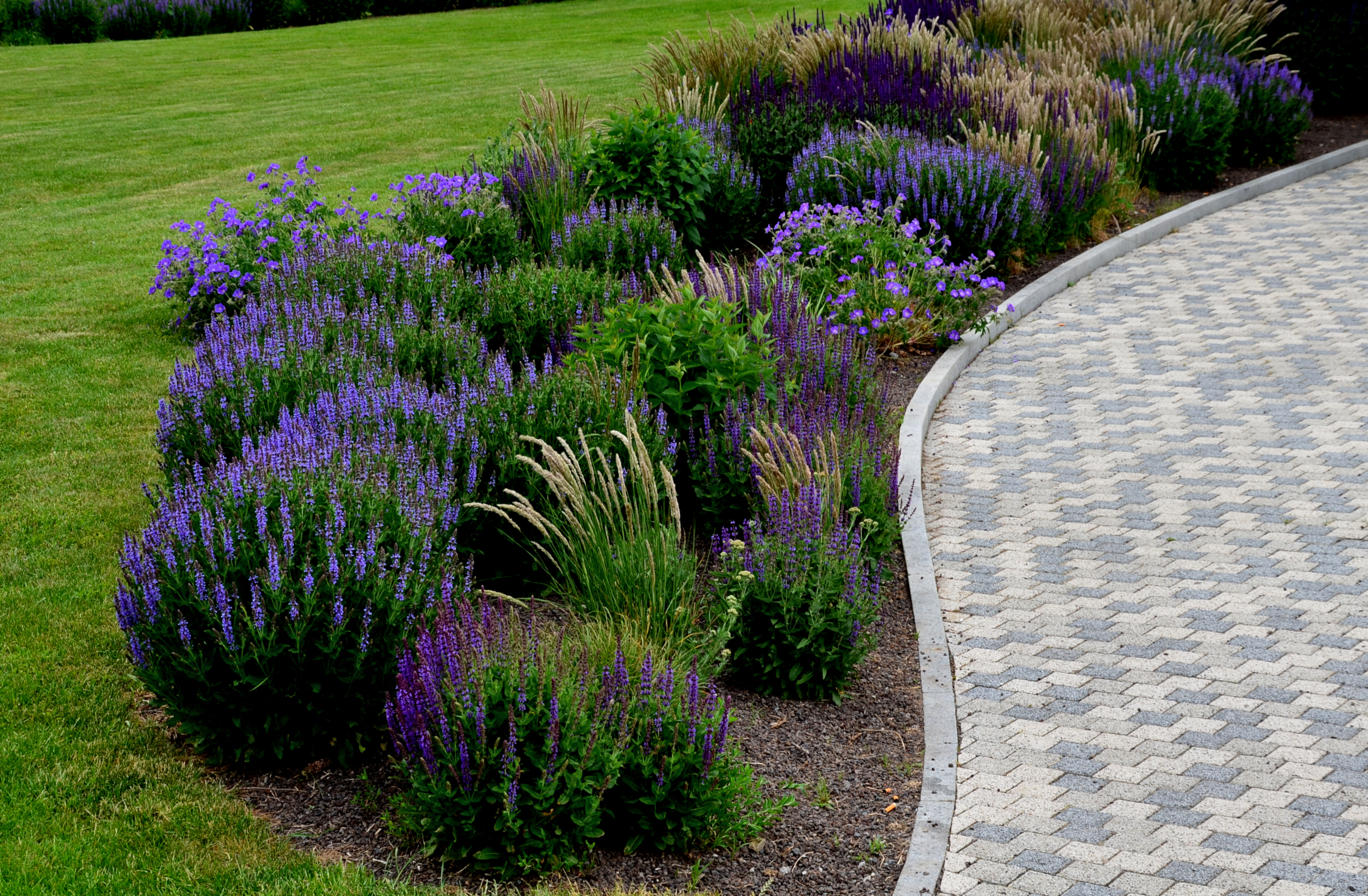
What is Mulch, and What are the Benefits?
According to the Old Farmers Almanac, “at its simplest, mulch is any material that covers the soil’s surface.” This means it can be any type of material spread over soil to help with weed control, water retention, soil temperature regulation, and other benefits, which we’ll go into further below.
Weed Control
One of the most significant benefits of using mulch is its ability to control weeds. Mulch helps to smother and prevent weed growth by blocking access to sunlight, which is essential for weed growth. This can be especially helpful for business owners and property managers who want to maintain a neat and tidy appearance for their customers or tenants.
Water Retention
Another benefit of using mulch is its ability to retain water. By covering the soil with a layer of mulch, the water is less likely to evaporate, which means your plants and trees will be able to access moisture for a longer period of time. This can be a crucial benefit for businesses that experience dry summers, as it can help reduce water usage and costs.
Soil Temperature Regulation
Mulch can also help regulate soil temperature, which is especially important in hot or cold weather conditions. By keeping the soil cooler in the summer and warmer in the winter, mulch protects plant roots and promotes healthy growth.
Aesthetics
Not only does mulch provide practical benefits for business owners and property managers, but it also enhances the overall appearance of your property. Mulch comes in a variety of colors, textures, and materials, which makes it easy to find a style that complements your existing landscaping. This can help to create a cohesive and attractive look for your property, which is essential for making a good first impression.
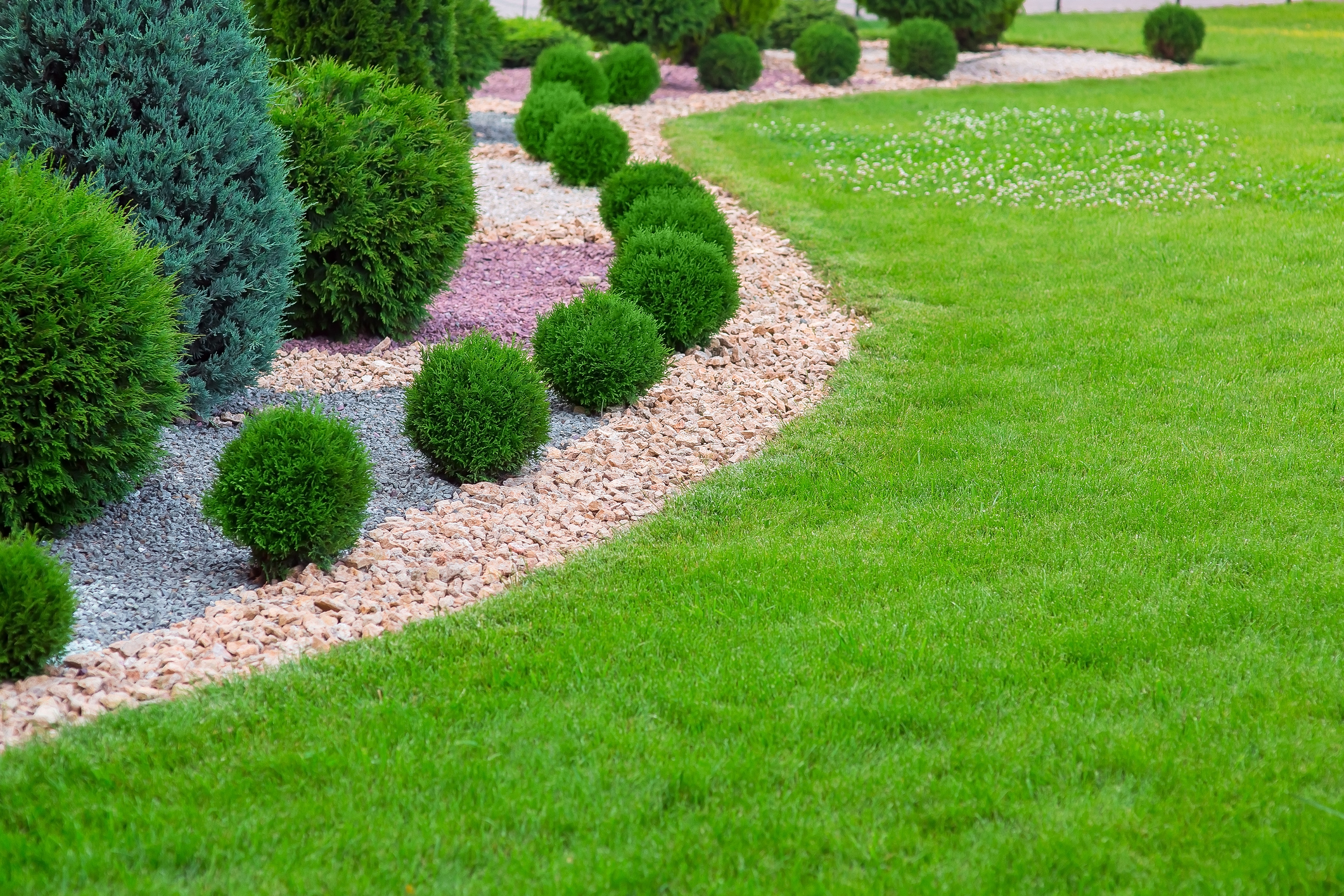
What are the Different Mulch Types?
Choosing the perfect type of mulch can make a significant difference in the appearance and function of your property. There are two main types of mulch; organic and inorganic.
Organic mulch is made of natural materials like bark, wood chips, straw, and leaves or grass clippings. Types of organic mulch, like pine needles, shredded leaves, and shredded bark mulch, provide nutrients to the soil as they break down, enhancing plant growth.
Inorganic mulches are synthetic materials like rubber, gravel, and recycled plastic. Inorganic mulch like rocks, pebbles, and rubber is ideal for use in high-traffic areas like parking lots and driveways. They can retain water while limiting soil erosion.
Organic mulches are relatively cheap and readily available, making them ideal for landscaping projects. They are also an eco-friendly option that enhances soil health and supports plant growth. Inorganic mulch, on the other hand, doesn’t break down, so it can last for an extended period. It also requires a more significant investment and doesn’t offer any nutritional benefits to the soil.
Choosing the Right Texture and Size of Mulch
Organic Mulches and inorganic mulches alike come in varying sizes and textures. The size and texture of the mulch affect its functionality, aesthetics, and longevity. Mulch should be uniform in size and free from any contaminants like ash, concrete, or nails.
Choosing a fine-textured mulch provides landscapes with a smooth finish and is ideal for low-traffic areas. In contrast, coarse-textured mulch enhances water retention and is suitable for high-traffic areas. The size of the mulch also affects water retention and moisture loss. The larger the mulch, the higher the rate of evaporation and the lower the rate of water retention.
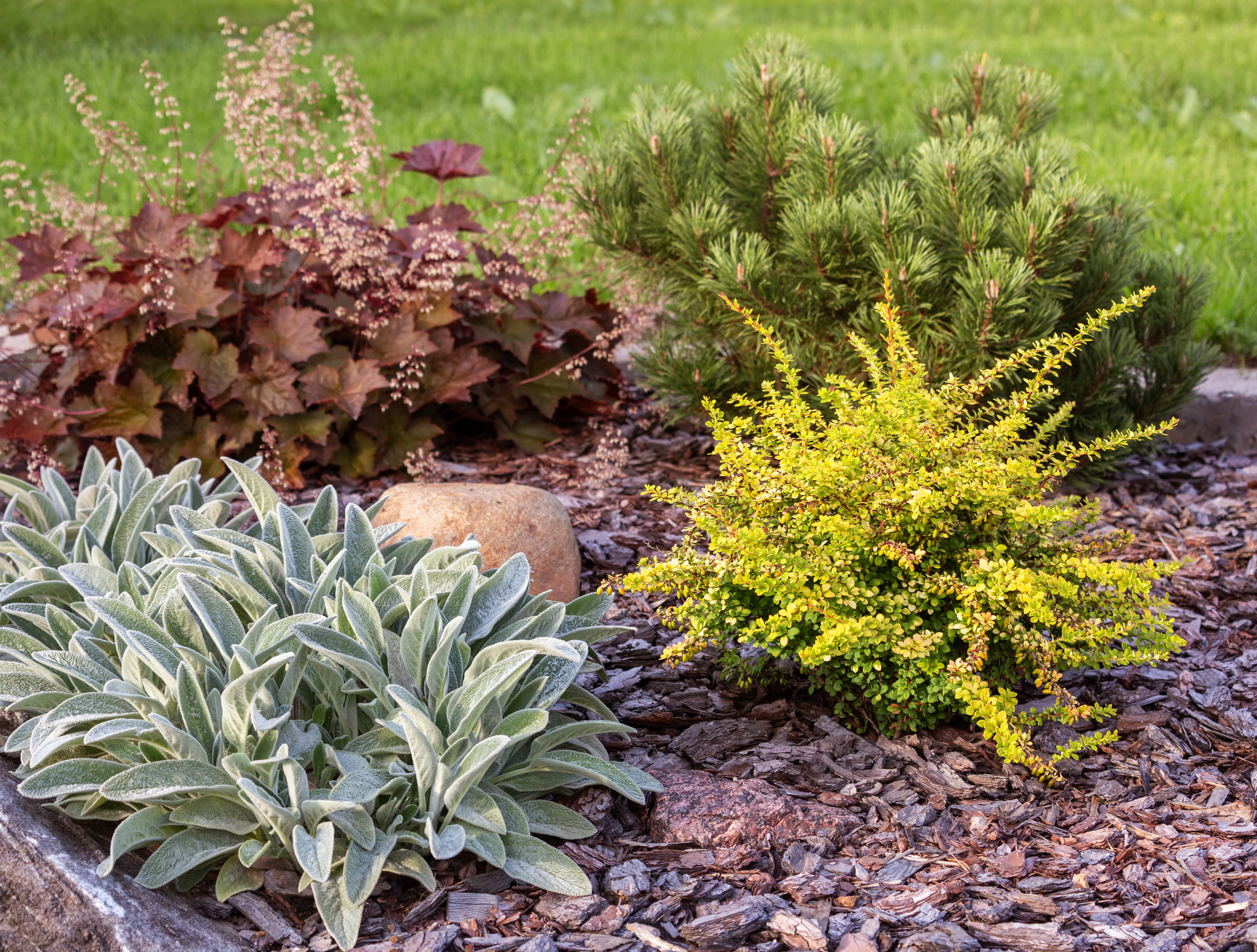
What Color Mulch is Right for My Property?
Mulch comes in a wide range of colors, including black, brown, red, and natural. The color of the mulch affects the aesthetics of your property. For instance, brown or natural mulch usually blends in with the existing landscape, providing a more natural look. Black mulch, on the other hand, offers a sleek and modern look.
How Much Mulch Should I Put Down?
Applying too little or too much mulch can affect plant growth, health, and appearance, as well as the property’s overall aesthetics. It can also be a significant financial investment depending on the landscaping project.
That’s why we have quick tips for determining the right amount of mulch to use for different applications and landscapes.
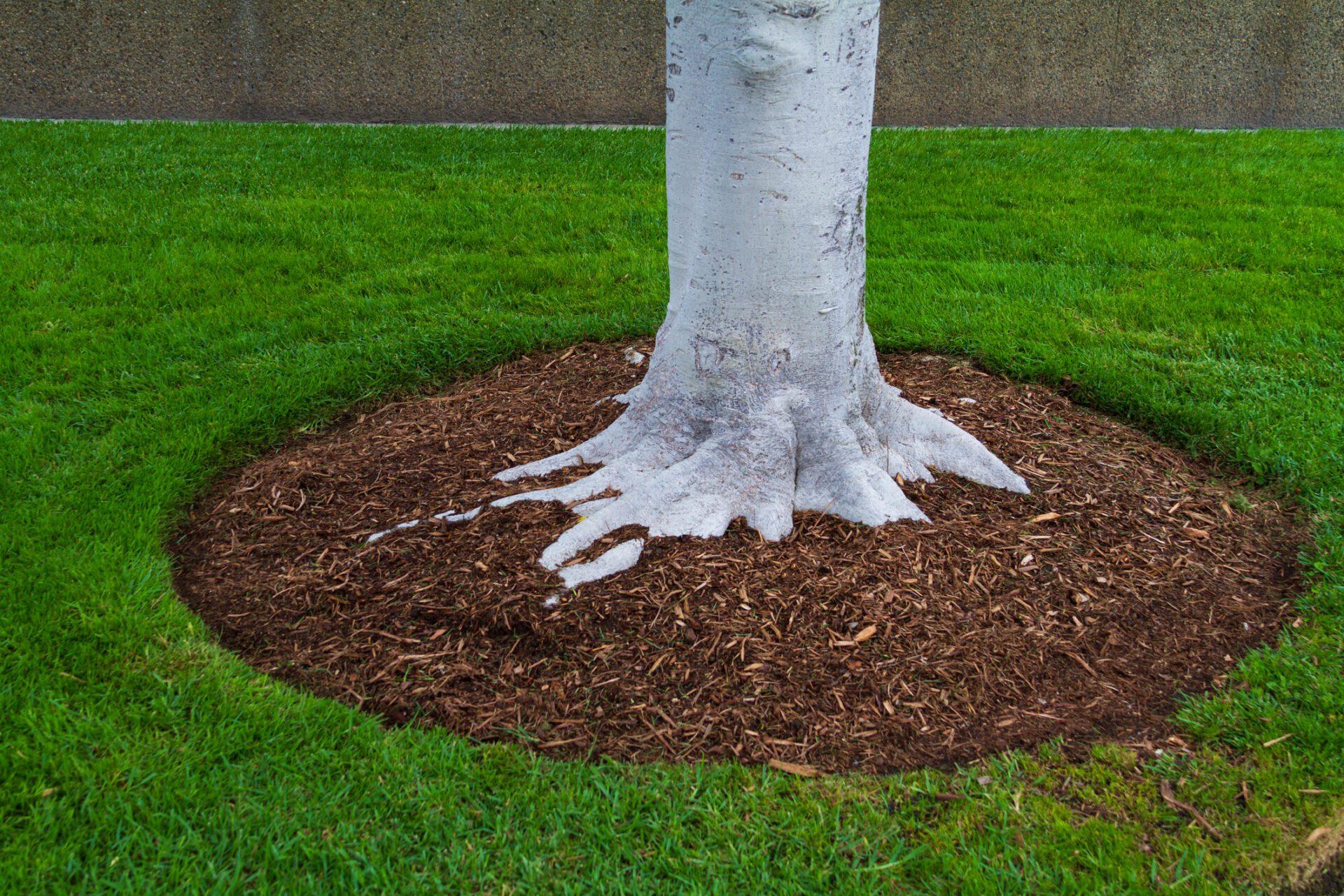
How much mulch should I put down?
Choosing Where You’ll Place Mulch Material
One of the main factors that determine how much mulch should be used is its purpose. Will you be mulching around trees or shrubs? These areas require a thicker layer of 3-4 inches to help retain moisture and suppress weeds.
In contrast, if you’re mulching vegetable gardens or flower beds, a thin layer of 1-2 inches may suffice while helping to prevent weeds and excess moisture. Additionally, if you’re mulching sloped areas or erosion-prone sites, consider adding more mulch to prevent soil runoff and erosion.
Assess the Soil Type and Texture
Soil type and texture play a critical role in choosing the right type of mulch for your project. For instance, if your soil is compacted, sandy, or lacks organic matter, you may need a higher volume of mulch to help improve its structure and fertility. If your soil is loose, loamy, or fertile, on the other hand, you may need less mulch since the soil can support healthy plant growth on its own.
Check the Type and Quality
With so many different types and qualities, from cedar mulch to synthetic mulch, wood chips, or oat straw, every type has its density, decomposition rate, nutrient content, and aesthetic value. Choosing a material that suits not only your landscape’s needs but your budget can be an important step. For example, wood mulch may last longer, but some may be more likely to attract pests. In comparison, straw mulch may decompose quickly and require frequent replacement, but it suppresses weeds more naturally.
Calculate the Area and Volume
Once you’ve determined the purpose, soil type, and mulch type, the next step is to calculate the area and volume of your landscape. Here’s a quick formula example you can use for a rectangular garden bed that measures 10 feet by 20 feet:
Step 1: 10×20 = 200 square feet
Step 2: Multiply the area by the desired thickness of the mulch (e.g., 2 inches)
200 x 2= 400
Step 3: Divide it by 12 to convert it into cubic feet, which you can order from your supplier.
400/12 = 33.333 cubic feet
Repeat the calculation for each landscape area you intend to mulch.
How to Apply Mulch Properly
Finally, to optimize the benefits and avoid potential drawbacks, it’s essential to apply the mulch properly. To do so, ensure you remove any weeds or debris from the soil surface before applying a layer of mulch. Choosing to put down landscape fabrics beforehand (if you have not done so already) can be beneficial to reducing weed growth and protecting plant roots.
Avoid piling mulch against tree trunks or plant stems, which can cause rot or insect infestations. Instead, create a donut-shaped ring around each plant, leaving at least a 2-inch gap around the stem to allow air and water penetration. Finally, monitor the mulch’s moisture content and adjust it accordingly to avoid overwatering, which can lead to root rot while under-watering can cause drought stress.
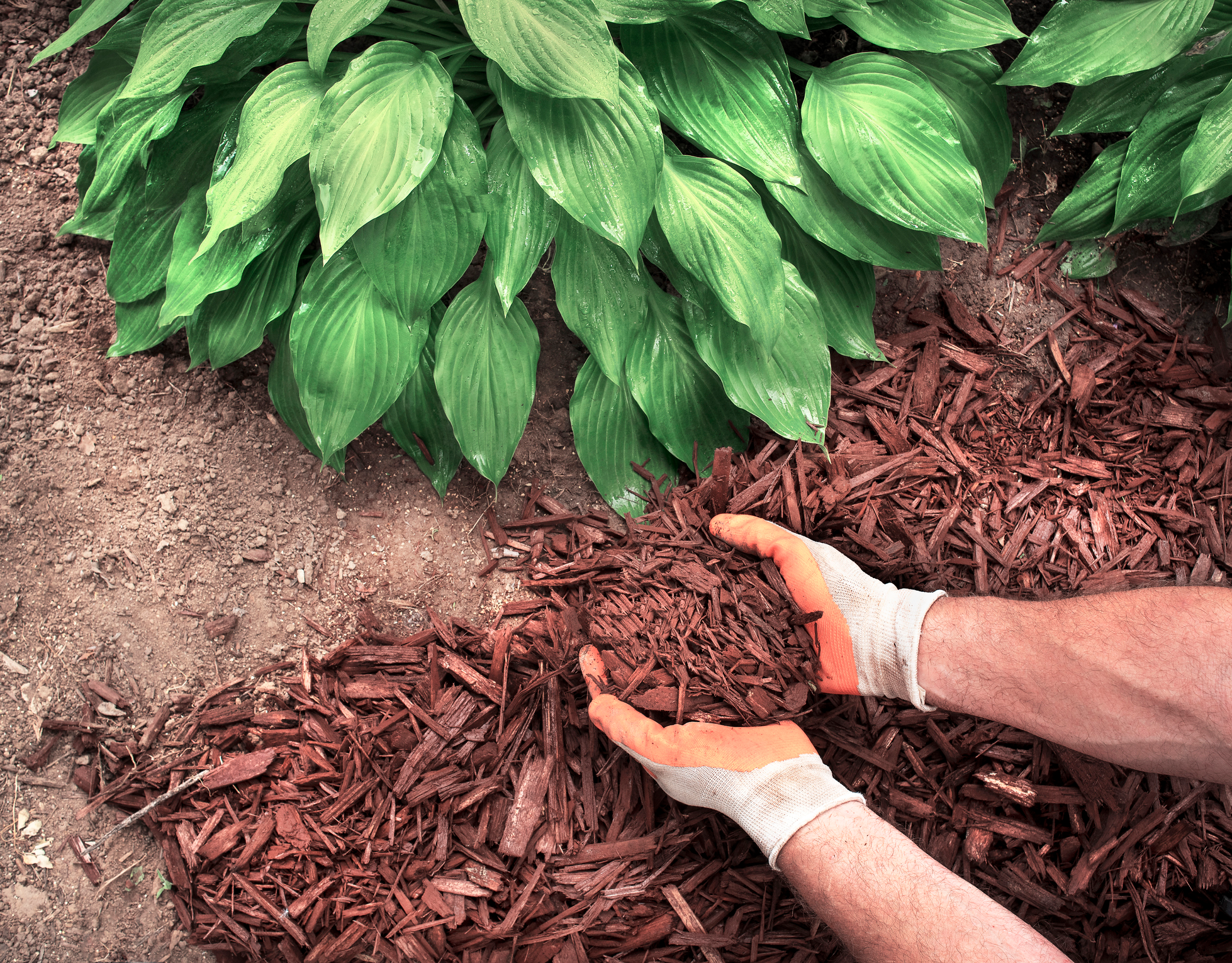
The Bottom Line
Choosing the right mulch is an essential aspect of landscape maintenance. When well-applied, it can provide a beautiful and healthy environment for your plants while minimizing maintenance costs. If you are in the Twin Cities area and would like a free consultation to explore mulching options or to request a quote for your next landscaping project, contact the professionals at All Metro Service Companies today.
Looking for more information?
Call us today at 763-789-4788 to receive a free estimate on any of our property services.
Free Estimates
on all Services
Use the form below to request a free estimate on any of our services.






